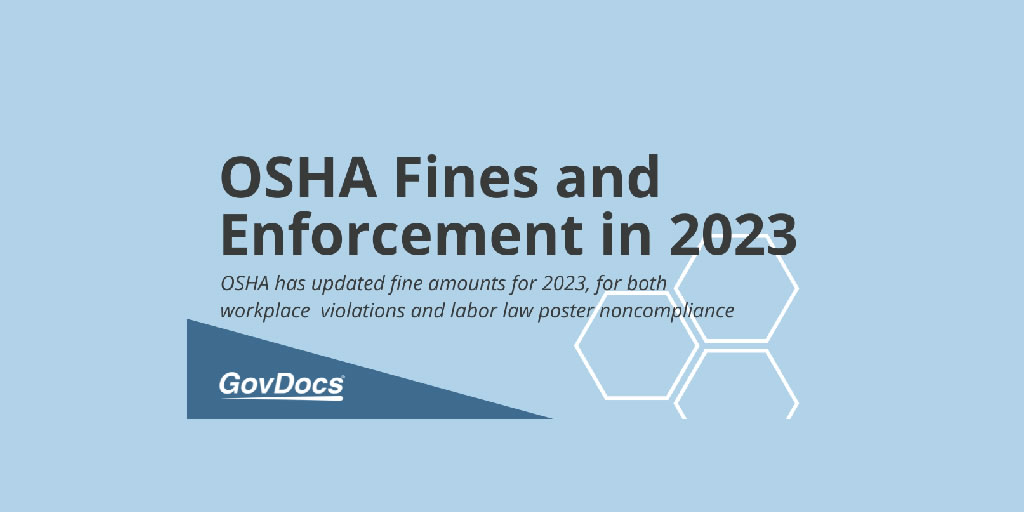A Deep Dive Into OSHA Penalties
Since its inception in 1970, the Occupational Safety and Health Administration (OSHA) has played a pivotal role in ensuring workplace safety. Congress endowed OSHA with the authority to impose civil fines on employers who violate safety standards, a mandate that has evolved significantly over time.
The Evolution of OSHA Penalties:
- From 1990 to 2015, OSHA’s penalty structure included a maximum of $7,000 for serious, other-than-serious, and posting violations, and $70,000 for willful and repeat violations.
- The Federal Civil Penalties Inflation Adjustment Act of 2015 brought a transformative change, mandating annual adjustments of these fines based on inflation. As of 2023, fines have increased by nearly 8%, with the most severe penalties reaching up to $156,925.
OSHA’s Foundation and Purpose:
- Created under the Occupational Safety & Health Act of 1970, OSHA operates within the Department of Labor. Its mission is to minimize workplace fatalities and injuries.
- While OSHA has some interpretive leeway, it operates within the bounds of the law and is accountable to Congress and the public.
OSHA’s Impact on Workplace Safety:
- OSHA inspections, often perceived as stressful, are a crucial part of its mission to enhance worker safety. The agency’s personnel, including former OSHA employees, are dedicated to this cause.
- The article emphasizes that OSHA is not a self-created entity but a product of legislative action, reflecting the values and priorities of American society.
The Necessity of Government Oversight in Business:
- The article argues that while America thrives on competition, unchecked, it could prioritize profit over safety. OSHA’s regulations help balance this by setting a standard for safe working conditions in various industries, from construction to electrical maintenance.
The Role of OSHA in Business Competition:
- OSHA serves as a ‘referee’ in the business world, ensuring companies do not gain unfair advantages by compromising on safety. This creates a level playing field where safe practices are part of the competitive edge.
OSHA Enforcement Mechanics:
- OSHA inspections, triggered by various factors like employee complaints or accidents, involve a thorough process including an opening conference, site walkaround, and a closing conference.
- Violations identified during inspections can lead to citations, which are public records and can impact a company’s reputation. This transparency is crucial in maintaining trust and accountability.
Financial Implications of OSHA Violations:
- Penalties for violations vary, with the most severe cases attracting fines of up to $156,259. These are adjusted annually for inflation to maintain their effectiveness as deterrents.
- In extreme cases, OSHA violations can lead to both civil and criminal proceedings, underscoring the seriousness with which workplace safety is regarded.
Guidance for Businesses:
- The article advises businesses to familiarize themselves with OSHA requirements, develop safety programs, and provide adequate training to employees.
- It suggests hiring an OSHA Compliance Consultant for businesses lacking internal resources to manage compliance effectively.
- Emphasizing safety as an ongoing commitment, the article recommends establishing a safety committee to continually oversee and improve workplace safety practices.
Conclusion: OSHA’s role in ensuring workplace safety is multifaceted, extending beyond mere enforcement to fostering a culture where safety is integral to business operations. The penalties and regulations are not just about compliance; they represent a commitment to protecting the well-being of workers, which is essential for a healthy, competitive business environment.







